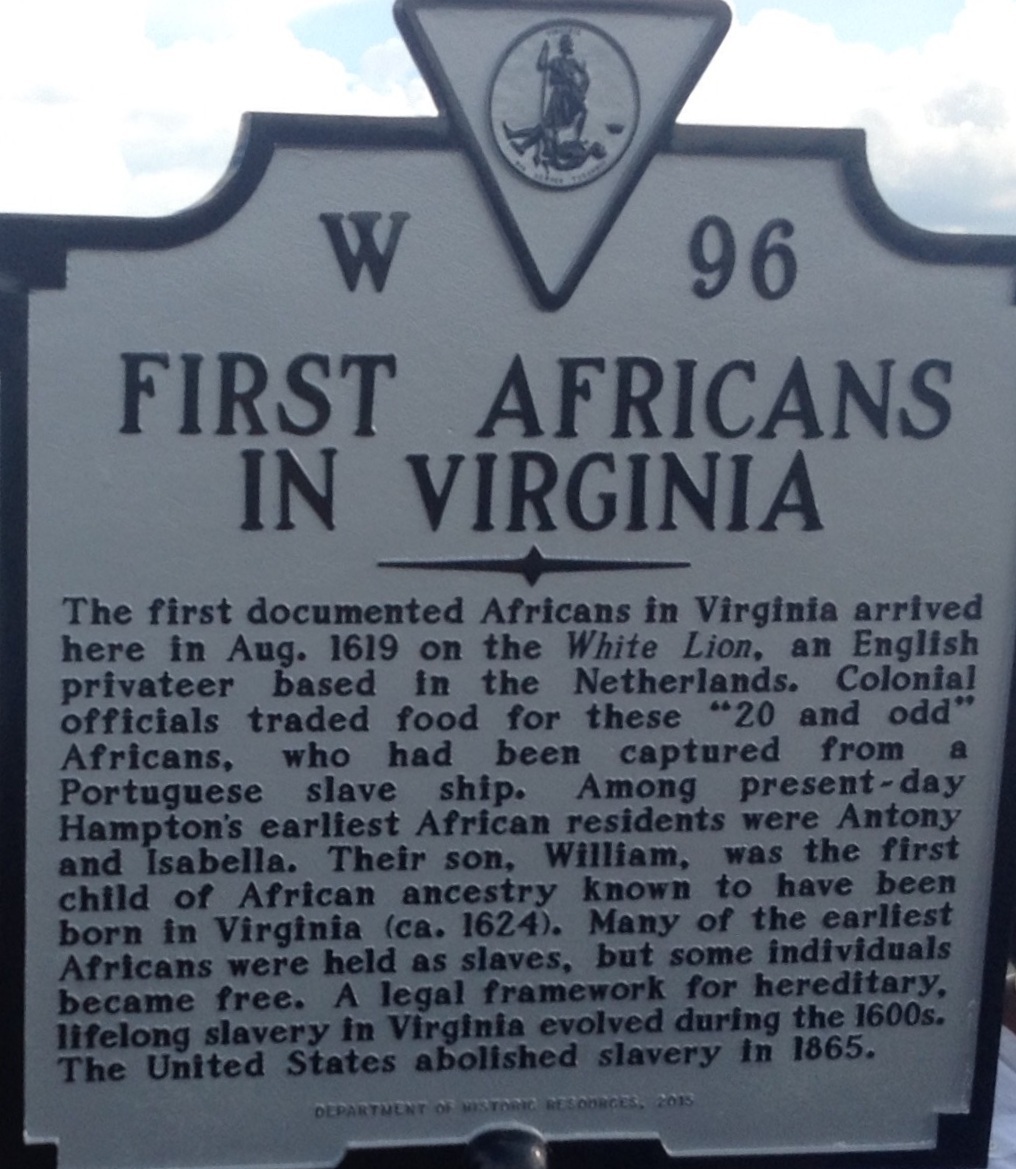The National Museum of the American People, in telling the story about the making of the American People, will incorporate the story of Black Americans from the beginning of slavery to the present.
William Tucker was born in 1624 in the Jamestown Colony in modern-day Jamestown, Virginia. According to experts of American history, Tucker was the first Black person born in what would become the United States of America. While enslaved from birth, little is known about Tucker’s life. At the time of his birth, there were 22 Africans in the Jamestown Colony.

Over the following two centuries, as the British Colonies became the United States of America, the slave trade continued and the Black population continued to grow. As the country continued to develop, the institution of slavery began to be questioned more and more.
The total Black population in the U.S. was just under 4.5 million at the beginning of the 1860s, but only one-tenth of the Black population was free. The year 1861 saw the outbreak of the Civil War, during which 200,000 Black men took up arms and joined the Union Military. One of the most famous Black fighters of the war was Harriet Tubman, the famous abolitionist who served as a scout and a spy for the Union Army. Tubman’s work during the Civil War usually isn’t discussed as much as her heroism prior to the war when she worked with the Underground Railroad to free dozens of enslaved people.
The Reconstruction era which ended in 1877 saw the nation’s Black population approaching 6.5 million. During that era, Black Americans began gaining some political power. After the end of the Civil War, the 13th, 14th and 15th Amendments to the U.S. Constitution were ratified, codifying civil rights and citizenship for Black Americans. Black men were elected to Congress for the first time. Among the first Black representatives was Robert Smalls, a man who was born into slavery and stole a Confederate transport ship during the Civil War and delivered it to the Union.
As the Reconstruction era came to a close, the Jim Crow era began. The early part of the era saw leaders like John Mercer Langston, a Congressman from Virginia and the first dean of the law school at Howard University, continue the fight for progress. Later in the Jim Crow era, during the 1920s and 1930s, the Harlem Renaissance would see a new burst of Black culture with writers like Zora Neale Hurston, Georgia Douglas Johnson and Langston Hughes, the nephew of Congressman John Mercer Langston.
By 1960, the Civil Rights Movement was in full swing, and the Black population was around 18.9 million. The Civil Rights Movement is known for the progress that was achieved, but the horrors of the era are often less spoken about. While the Movement pushed forward, Black men, women and children in the South fell victim to lynchings. Among them was 14-year-old Emmett Till who became a symbol of what the Movement was fighting against.
In 2008, the nation elected its first Black president when Sen. Barack Obama beat Sen. John McCain. During President Obama’s first term, the 2010 census showed that the Black population in the U.S. totaled 38.9 million, meaning that Black people represented 13% of the nation’s population. In 2020, the Black population rose to 46.9 million and their share of the population was 12.4%.
It is important to recognize the work of leaders like Dr. Martin Luther King, Jr. and Congressman John Lewis. As the Black population continues to grow in America, it is crucial to tell their central story in our nation’s history as the National Museum of African American History and Culture does. The National Museum of the American People will also tell that broader story of Black history. It will be told in the context of every group’s history of becoming Americans.
